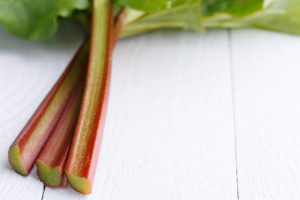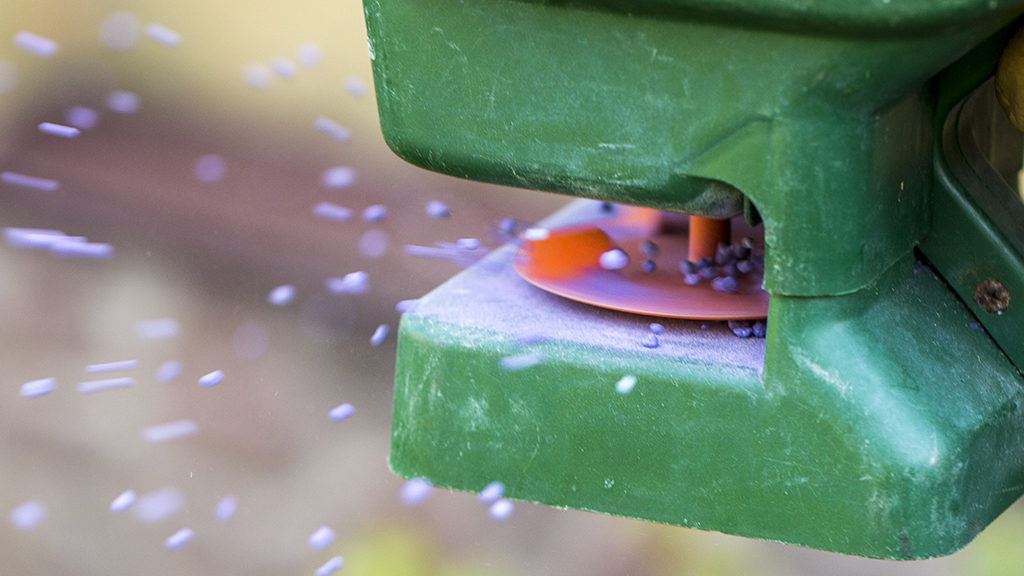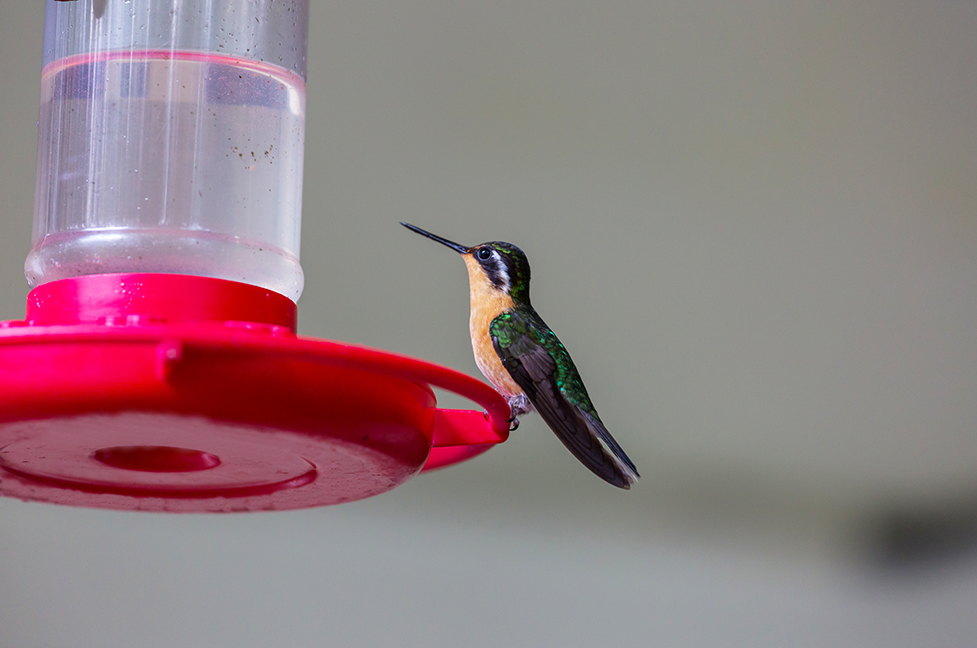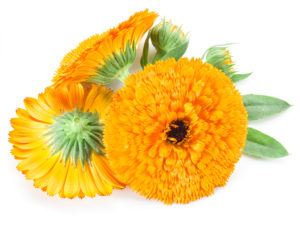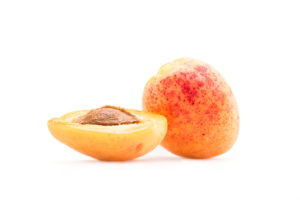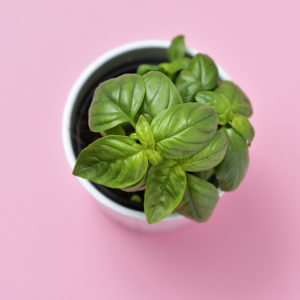Q. I’ve been using mothballs to discourage cats from digging in my flower beds. Would it hurt to use them now in an herb garden?
A. There was a time when this would have been an acceptable solution, but not today. Mothballs contain one of two toxic ingredients, paradichlorobenzene or naphthalene. They’re considered a pesticide because of the fumes that cause health issues that range from simple irritations to serious medical conditions resulting from prolonged exposure. Cedar is the acceptable indoor replacement for clothing moth control. Outdoors, poor air circulation is not a problem, and the vapors do repel cats and other intruders. There is no indication that I’m aware that the fumes are absorbed by plant tissue so, in theory, mothballs should not be any more problematical than air pollution. However, the more significant risk comes from the chemicals getting into the soil inadvertently from hand watering, sprinklers or mother nature. Hence, I’d go in a different direction entirely and avoid all the potential risks in all areas. Today, there are non-toxic alternatives. Cat repellents are available that are safe to use on edibles. These products use plant fragrances, such as clove, mint, and rosemary, along with other non-chemical sources to drive cats away. The one drawback, like most repellents, is that they’re water soluble so they must be reapplied often. I prefer a natural plant debris option since cats don’t like to walk on a surface that irritates their paws. Juniper debris and the spiny leaves from the California Live Oaks are two of types of natural plant debris that can be used while pine and redwood debris is ineffective. They’re also used as a mulch for additional benefits. Also, leaves from California Live Oak controls snail and slugs. So you have several other solutions that are less toxic than Moth Ball to repel cats.
Q. I have a mature Bing cherry tree that hasn’t produced cherries in the last three years. I don’t believe pollination is an issue as I’ve seen lots of bees when it was blooming. What has happened?
A. Even with the bee activity being regular, cherry trees can fail to set fruit. Most cherries require a second tree for pollination as they are not self-fertile. Bing cherry needs Black Tartarian, or Van to set the fruit. Two Bing cherry trees will not work. What has changed with your tree is that the pollinating variety, used by the bees, is missing. In previous years, a nearby cherry tree, either next door or up the street, would have pollinated your tree. That tree has either died or been removed, so you’re ending up with no cherries. You’ll have to plant a second tree, or you could graft a pollinator on to the original tree to produce your next crop of cherries. Those looking to plant new trees should look for Self-Fertile Bing or Stella. They do not require a second variety as they are self-fertile. Unfortunately, they can’t be used as a pollinator.
Q. I’m having a problem with my beets. The foliage is lush and green, but the beets were tiny. I grew them last year without a problem. What has happen?
A. Undersize or small beets, carrots, radishes, etc. is caused primarily by an excessive amount of nitrogen. Nitrogen is one of the primary elements for plant growth. The nitrogen forces the plant into a growing-spurt which gives you lots of top growth and little to no roots. So the edible portion never fully develops as the plant is too busy growing. I’d plant again, but first review the amount of vegetable food and or animal manure you are using and reduce it significantly. A second reason can be overcrowding. The beet seedlings need to be thinned to one to three inches apart and space the rows a foot apart. This allows sufficient space for them to develop.

